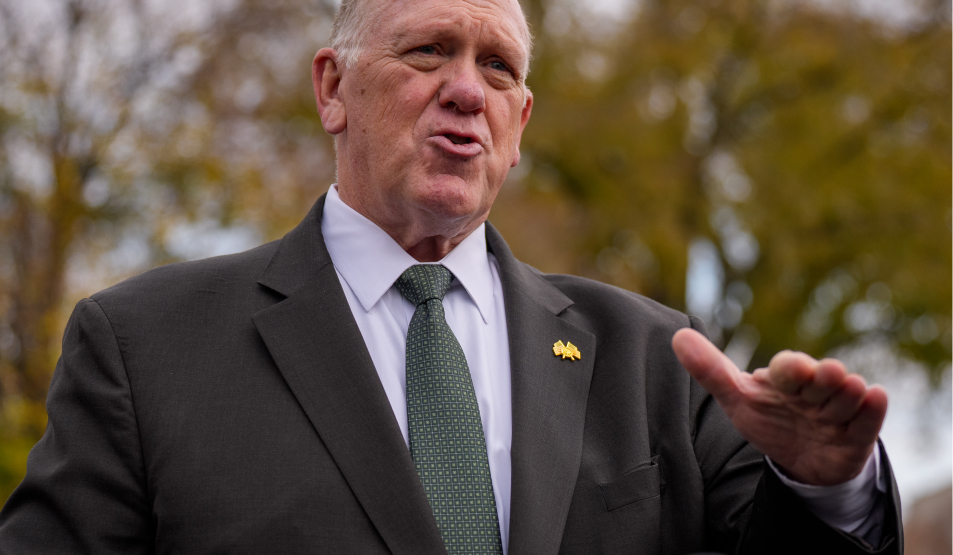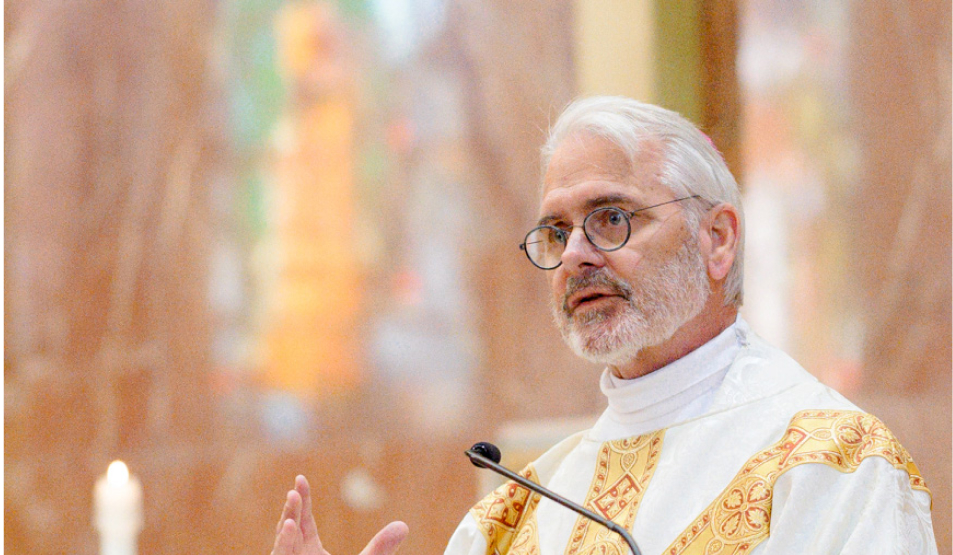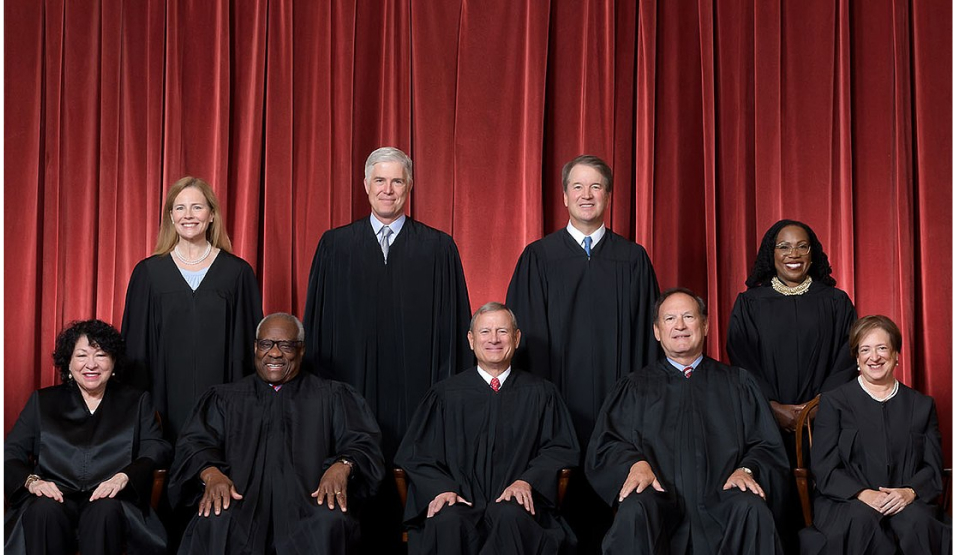A directive circulated to priests in the Diocese of Austin has told parishes to withdraw kneelers used during the distribution of Holy Communion.
The instruction, issued on 12 November by the Vicar General, the Very Reverend James A. Misko, and copied to Bishop Daniel E. Garcia, states that fixed prie-dieu kneelers should no longer be set out in churches for Holy Communion.
The memorandum notes that while the General Instruction of the Roman Missal permits the faithful to kneel, the normative practice in the United States is to receive the Eucharist standing unless an individual chooses otherwise.
According to the letter, placing kneelers in front of the sanctuary “could confuse the faithful” over what the norm is, while suggesting that kneeling may be “more appropriate” than standing. It adds that such arrangements “could put undue pressure on the communicant” who does not wish to kneel.
Clergy were told that communicants with difficulty rising after kneeling should instead be advised that “they are not offending God by not kneeling” and encouraged to receive standing out of practical consideration. The letter stresses that kneeling remains permitted but cautions priests and lay ministers not to place any emphasis on it when distributing Holy Communion.
The guidance comes only weeks after Bishop Garcia, then serving in Monterey, oversaw the withdrawal of the Latin Mass from a community in Hollister, California, in a decision issued on 14 September, the anniversary of the date on which Summorum Pontificum came into force.
In the Roman Rite, the universal law remains that the faithful may receive Holy Communion either standing or kneeling, on the tongue or in the hand, with no one to be refused for kneeling.
The General Instruction of the Roman Missal (GIRM 160) for the United States specifies that “the norm established for the Dioceses of the United States of America is that Holy Communion is to be received standing, unless an individual member of the faithful wishes to receive Communion while kneeling”.
The Congregation for Divine Worship has repeatedly clarified, in responses to dubia and in instructions such as Redemptionis Sacramentum (2004), that no bishop, priest or minister may deny Communion to someone who chooses to kneel, nor may kneeling be treated as disobedient or irregular so long as it is a personal choice ordered to reverence.
Historically, Communion rails and kneelers were the de facto norm in parish life until the mid-20th century; after the liturgical reforms following the Second Vatican Council, many episcopal conferences, including the USCCB, introduced standing as the customary posture.
Photo: Children from the Cathedral School of Saint Mary celebrate while participating in the Austin Veterans Parade in Austin, Texas, 11 November 2024 (Photo by Brandon Bell/Getty Images)




.jpg)











